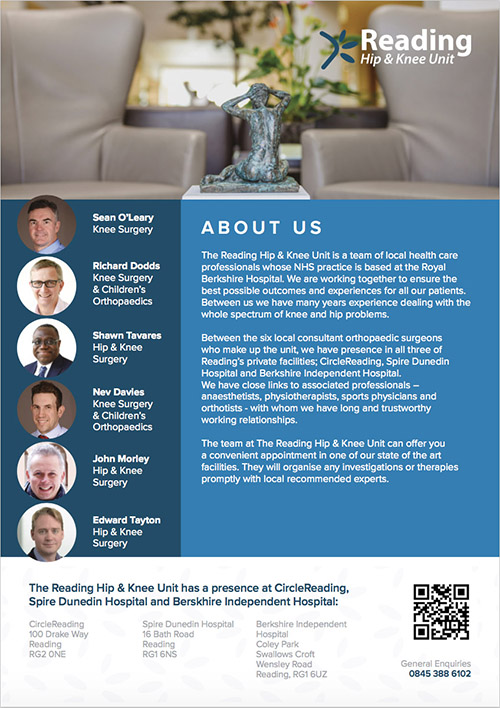
Cartilage Problems
Cartilage problems are often triggered by sporting injuries.
Common types of cartilage problems are mensical and chondral.
Meniscal Injuries
The meniscal shock absorbing cartilages (‘footballers’ cartilages’) are at risk of being damaged or torn during acute knee injuries. This typically involves a twisting force, especially when seen in the younger age groups. As we get older, the meniscus becomes easier to tear and such tears are frequently associated with ‘wear and tear’ or arthritic change within the knee. Clinical assessment can often pick up a meniscal tear but it is usually confirmed with an MRI scan. Small tears may not cause too many problems and the associated symptoms can sometimes settle with non-operative treatment.
If a larger tear ‘flips and flaps’ around inside the knee, it can cause the inside of the knee to become inflamed and produce more fluid creating an effusion (swelling). Such an unstable tear can also cause mechanical symptoms such as catching, locking or giving out of the knee. Such symptomatic tears can be tackled with a keyhole operation called an arthroscopy. Depending on the nature and position of the tear it is either repaired or trimmed back to a ‘stable edge’. Please refer to the patient information guide regarding arthroscopy for further information.
Chondral Injuries
The joint surfaces (articular chondral cartilage) are also at risk during a knee injury. These ‘surface’ injuries can accelerate ‘wear and tear’ arthritis in the knee, so need to be identified early to ensure the best early treatment plan is followed. If small pieces of cartilage are ‘knocked off’ during an injury, they can float around the knee as a loose body, again causing troublesome mechanical symptoms such as locking or instability.
An arthroscopy is a very powerful tool to diagnose such injuries because they sometimes don’t show up clearly on MRI scans. Various management options for the different types of chondral damage are available.







